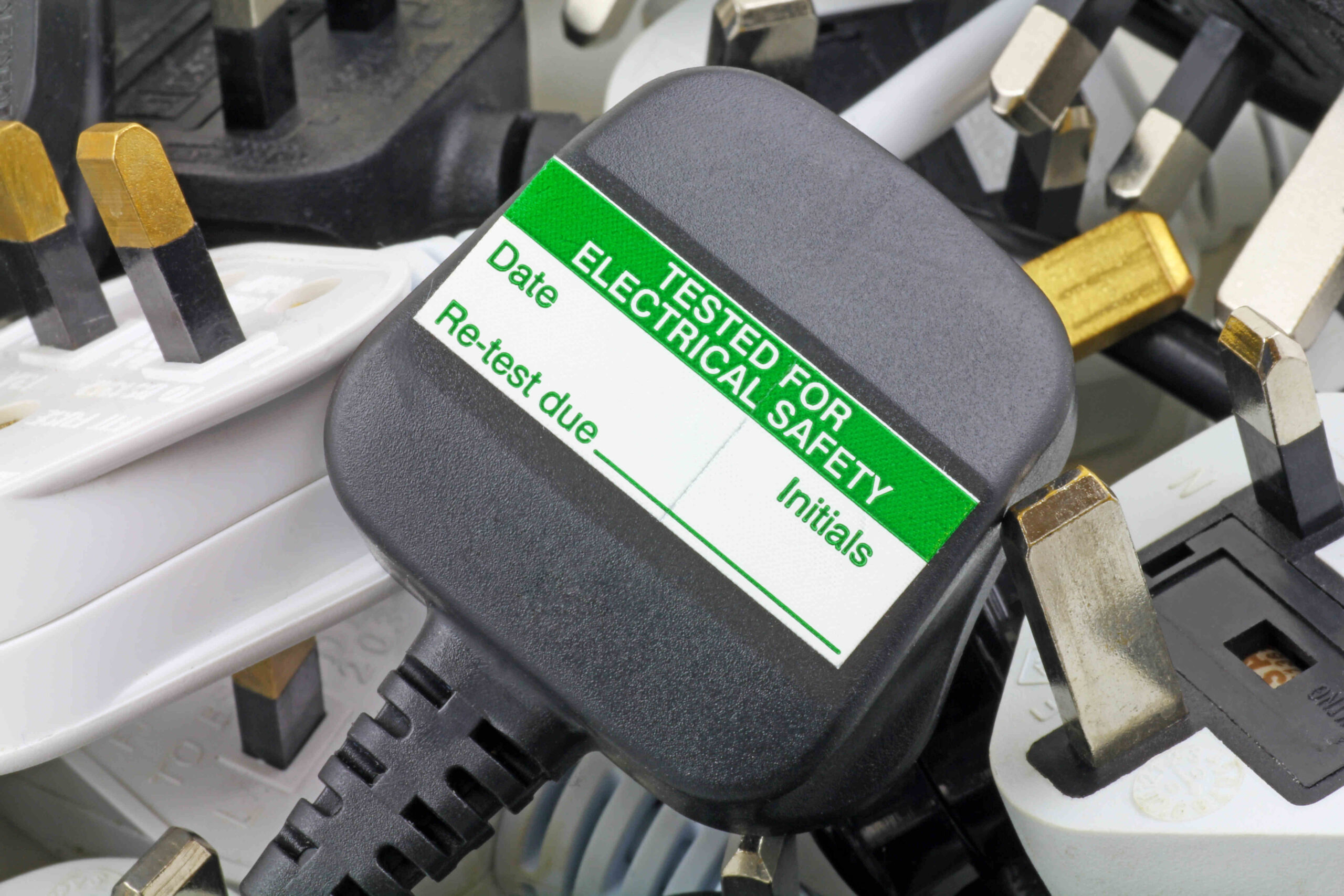Electricity is a major cause of accidental fires in buildings – over 20,000 each year and nine out of 10 (89%) electrical fires are caused by electrical products.
To ensure all appliances are safe it is suitable to carry out PAT testing in schools by a qualified professional. PAT testing is the process of checking that all electrical appliances are safe to use through visual and electronic inspections. After completion you will receive a report with:
– A list of each appliance tested
– Full set of test results
– A failed items list with an explanation
– A visible pass or fail label on each appliance
There are 7 categories of appliances which should be considered for PAT testing in schools:
– Fixed appliances – fixed in a permanent position
– Stationary appliances – appliances such as fridges or washing machines
– Moveable appliances – equipment under 18kg
– IT Appliances – Computers/Monitors or Printers
– Portable Appliances
– Cables and Chargers
– Handheld Appliances
If you are planning on PAT testing yearly, in the meantime create a testing schedule. This is a visual inspection carried out by an individual on the basics of checking electrical appliances. For example, looking for signs of damage such as frayed wires and cords and wear and tear on extension leads and power cords. The individual should report any electrical problem they find and create a record with the date of testing, the condition of the appliance and any action taken. If the appliance is purchased from a retailer, then you are entitled to a refund, repair or replacement under the Consumer Rights Act.
There are no legal requirements on how often PAT testing should be done but it depends on the risk level of the working environment, the category of the appliance, frequency of use, age of equipment and history of item.

